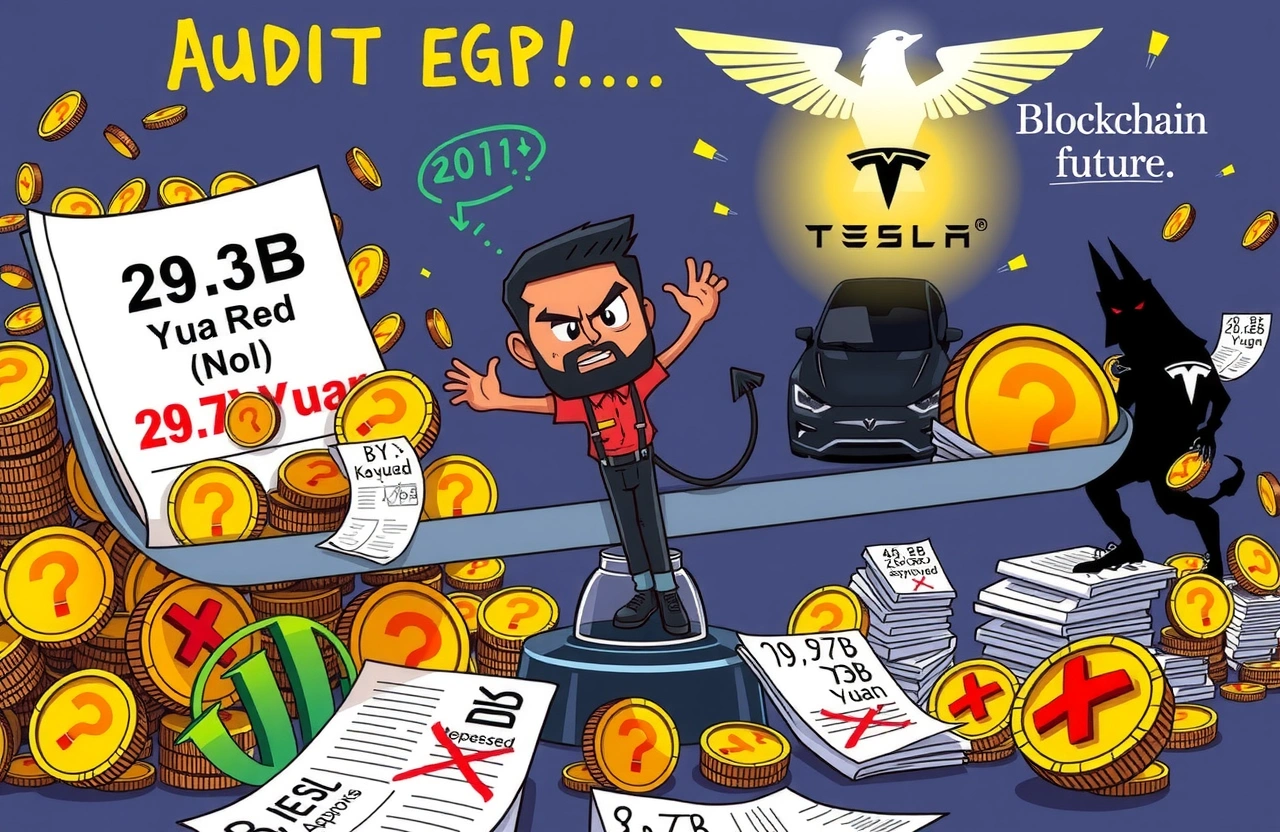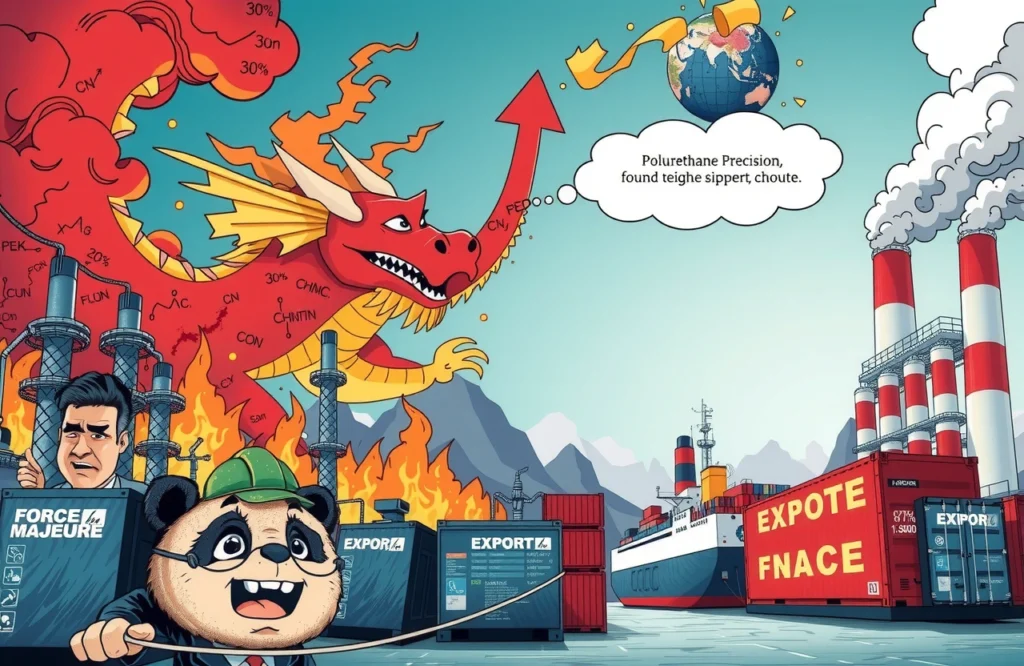Significant Discrepancy Uncovered in NEV Subsidy Settlement
A recent audit by China’s Ministry of Industry and Information Technology (MIIT) has revealed substantial discrepancies in new energy vehicle (NEV) subsidy applications spanning 2016-2020. Detailed in their preliminary settlement report, automakers collectively applied for 29.3 billion yuan in subsidies but were approved for just 20.7 billion yuan—an 8.6 billion yuan gap attributed primarily to documentation issues and operational data non-compliance.
Key Audit Findings
- Total vehicles reported: 75,814 NEV units across all manufacturers
- Approved vehicles: Only 54,089 units met compliance standards
- Subsidy gap: 8.6 billion yuan difference between requested and approved funds
- Primary reasons: Invalid documentation (98% of Chery’s rejections), missing operational data, and mileage deficiencies
Company Responses to Subsidy Adjustments
Chery Auto’s High-Volume Rejections
Chery Automotive faced the industry’s steepest reduction—87.5% of its 8,762 reported vehicles were rejected. The company explained these resulted from retroactive documentation requirements impossible to fulfill years post-sale: “Our sales policies during 2016-2020 didn’t mandate collecting terminal payment receipts. Retrieving them now presents insurmountable challenges,” stated a Chery representative. The automaker emphasized they acted transparently throughout the application process without wrongdoing.
2019: The Peak Discrepancy Year
Analysis reveals 2019 accounted for 85% of Chery’s five-year applications (7,454 vehicles). Yet approval rates were shockingly low:
- Chery Automobile Co.: 21 approvals out of 4,793 applications (99.6% rejection)
- Chery New Energy Co.: 4 approvals out of 2,443 applications (99.8% rejection)
BYD’s Compliance Patterns
BYD experienced the second-highest reductions—74.93 million yuan denied primarily in 2019. Their rejection catalysts included:
- Persistent data-upload failures across 2017-2020 affecting 953 vehicles
- Shenzhen facility voucher discrepancies causing 645 rejections in 2020
- 512 vehicles rejected for failing mileage requirements in 2019
“Our situation resembles Chery’s,” BYD officials commented, opting against further public elaboration. This echoed their 2015 subsidy audit issues where vehicles were flagged for improper usage.
Industry-Wide Impact and Tesla’s Contrast
The audit exposed systemic challenges beyond major players:
- BAIC New Energy: 53.8 million yuan denied across 2,776 vehicles
- Dongfeng Motor: 37 million yuan adjustment affecting 591 vehicles
- Chang’an Auto: 13.28 million yuan reduction from 408 rejections
Compliance Benchmark: Tesla
Notably, Tesla’s 2020 maiden subsidy application saw perfect approval—538 vehicles met all requirements. “We maintain rigorous compliance protocols,” Tesla’s statement emphasized, contrasting with domestic manufacturers facing retroactive rejection waves.
Root Causes and Industry Analysis
The Documentation Dilemma
“Voucher noncompliance” accounted for over 98% of Chery’s rejections and significant portions of BYD’s adjustments. Industry analysts attribute this to:
- Evolving documentation requirements implemented years post-purchase
- Dealer networks’ inconsistent record-keeping during NEV’s rapid expansion phase
- The logistical impossibility of retrieving payment receipts from 5+ years prior
Data Infrastructure Shortcomings
Despite improved connectivity since 2019, MIIT’s report highlights persistent gaps in real-time data reporting standardization. An automotive analyst noted: “Domestic manufacturers’ data management still lags international counterparts in protocol execution. Tesla’s integrated systems demonstrate what’s possible with rigorous implementation.”
Broader Implications
This audit underscores inherent tensions in rapidly evolving subsidy ecosystems. Manufacturers navigated shifting compliance targets across five regulatory iterations while scrambling to capitalize on NEV market incentives. The 8.6 billion yuan gap doesn’t necessarily indicate malfeasance—rather, systemic misalignment between historical practices and retroactive requirements. Five core lessons emerge:
- NEV subsidy claims require forensic-level documentation preservation
- Real-time data transmission infrastructure must become core manufacturing priority
- The compliance-cost burden disproportionately impacts domestically-focused automakers
- Tesla provides a compliance model worth emulating
- Future subsidy frameworks require consistent standards avoiding retroactive rules
As China’s NEV market matures post-subsidy era, this historic discrepancy illuminates vital reform areas. Manufacturers should implement blockchain-authenticated documentation systems and standardized API data pipelines—not merely for compliance, but as competitive advantages in an increasingly regulated landscape. Those transforming audit revelations into operational upgrades will lead the industry’s next evolution.




